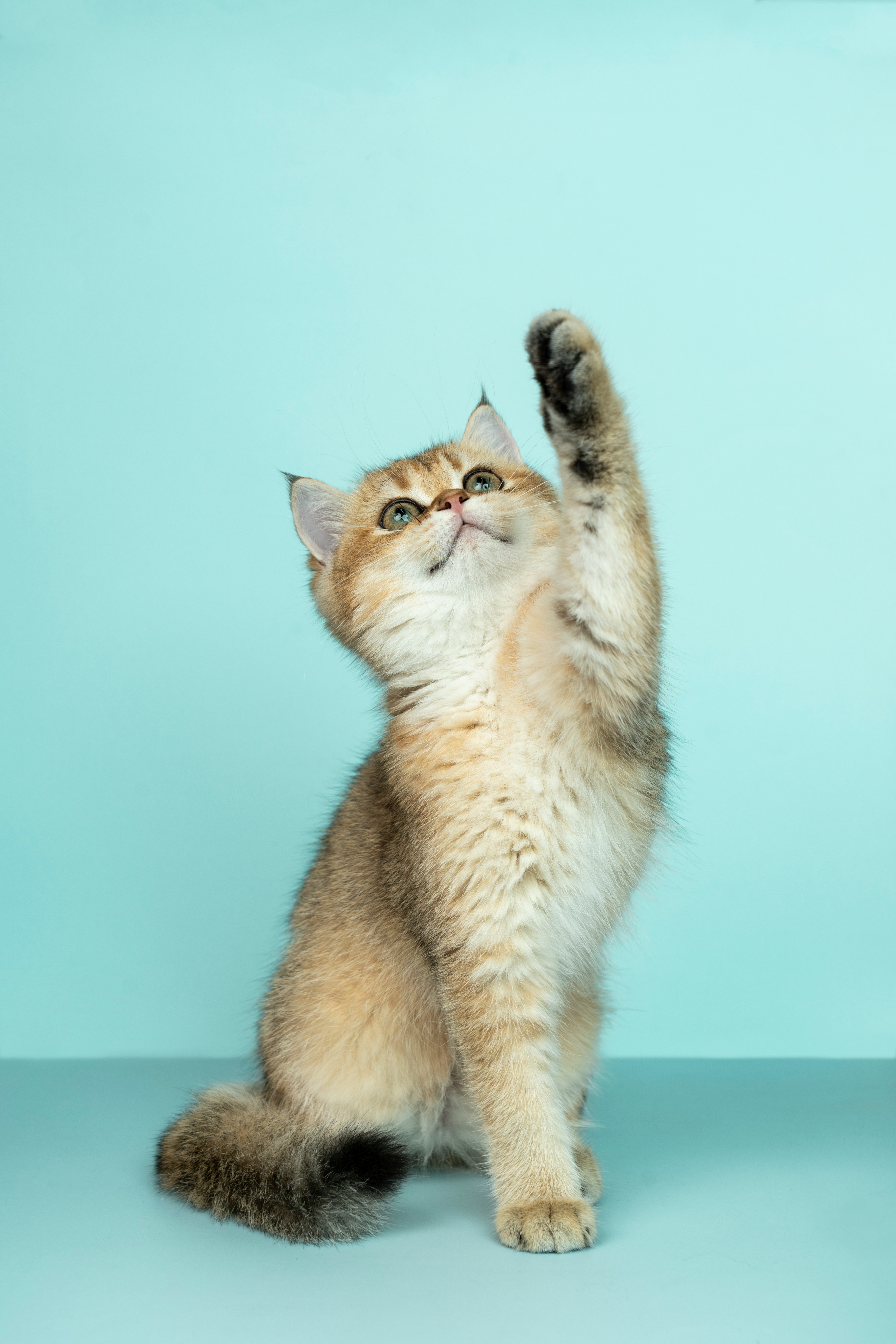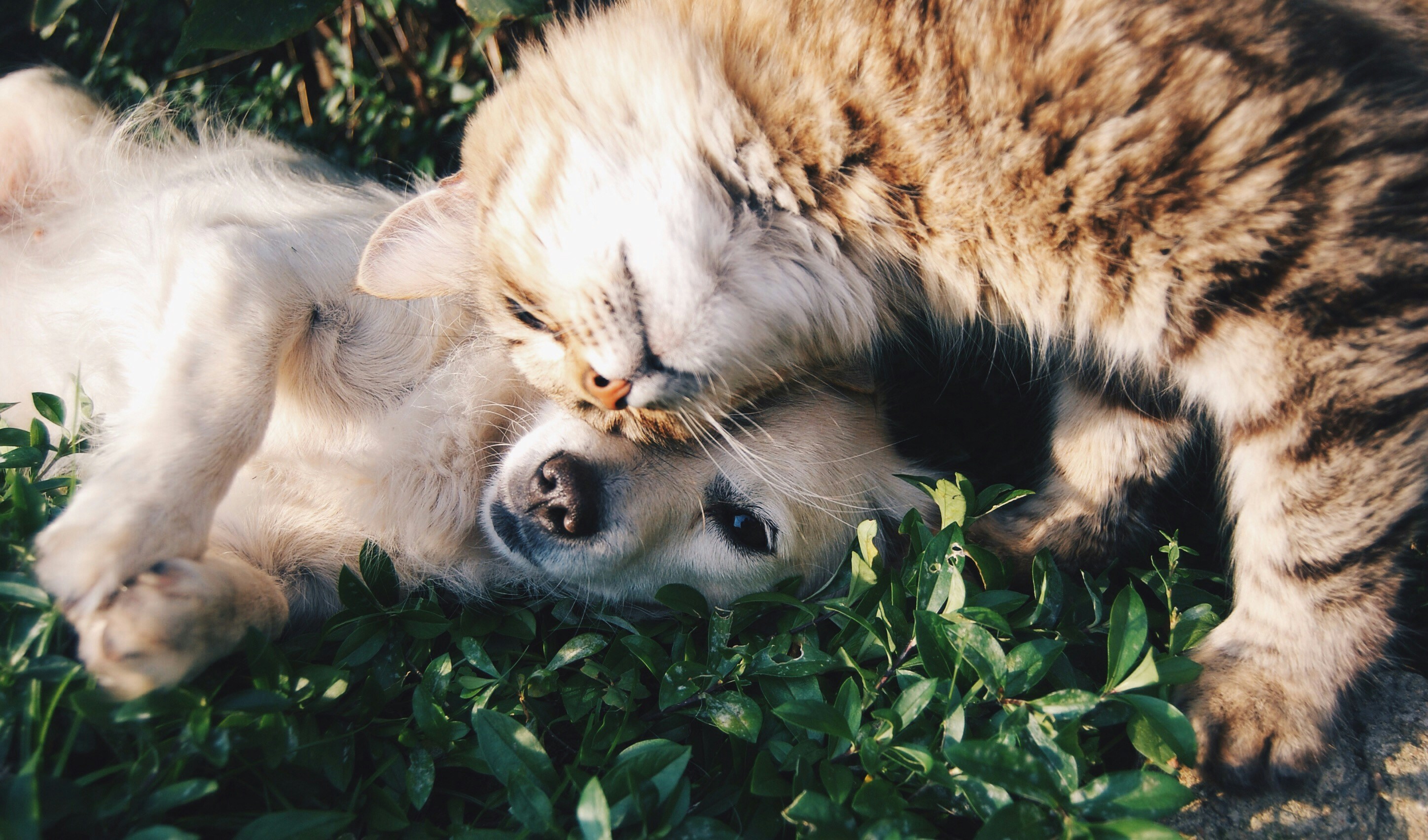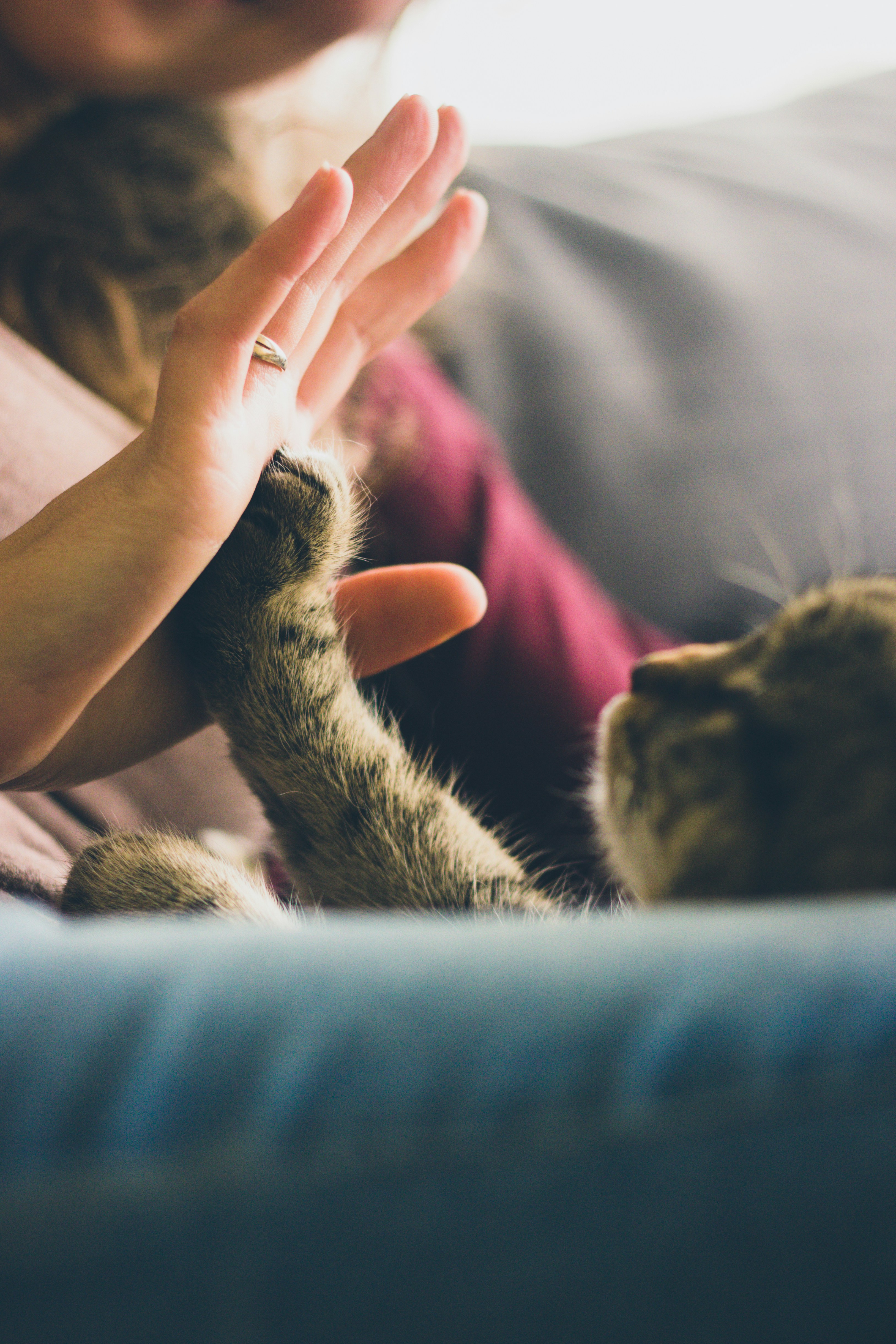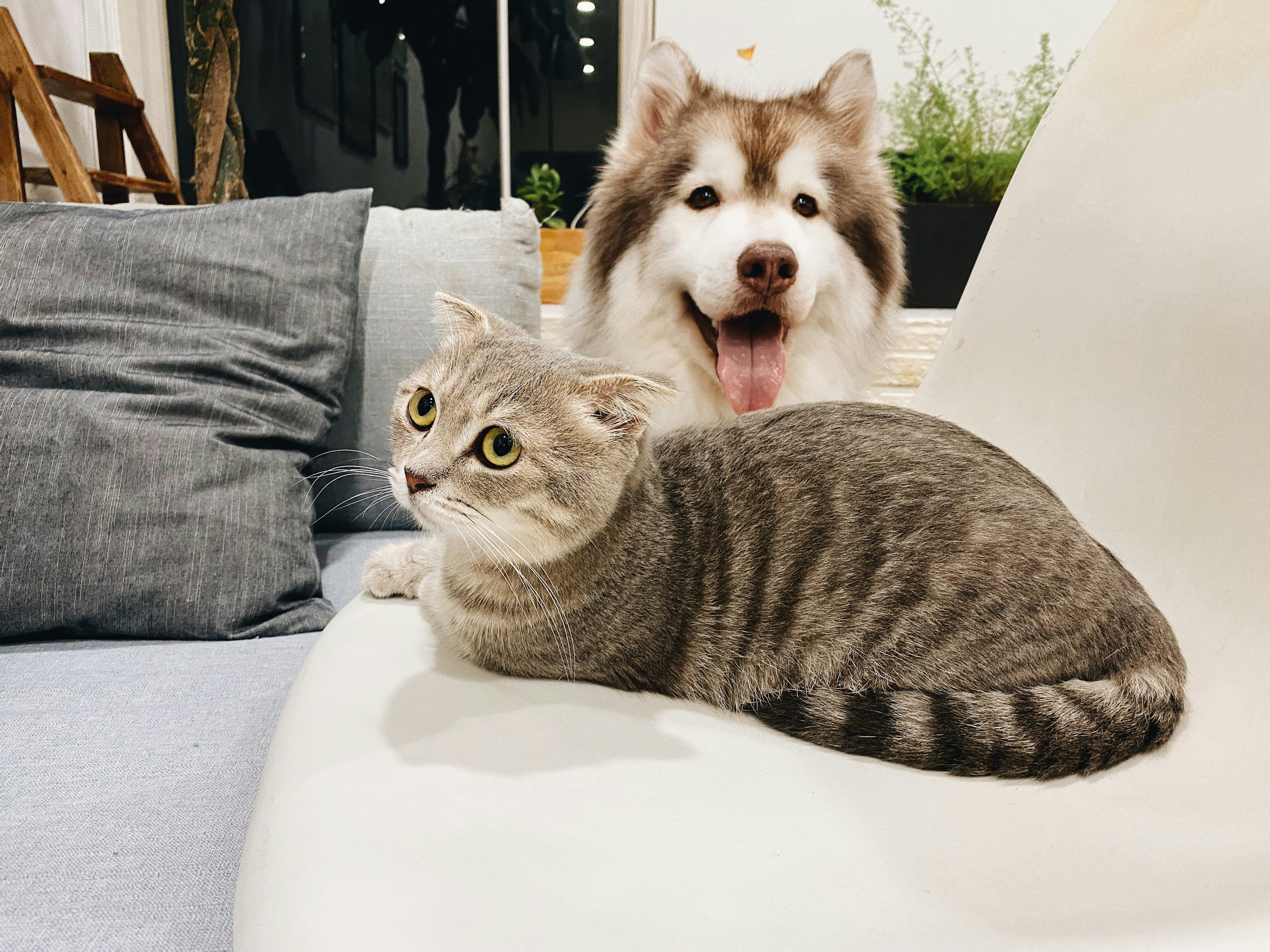How to Stop a Picky Cat from Refusing Food: Complete Guide for Cat Owners

How to Stop a Picky Cat from Refusing Food: Complete Guide for Cat Owners 🐱
Are you struggling with a picky cat who refuses to eat? Many cat owners have heard the saying: “Cats are picky because they’re spoiled.” 🙀 While there’s some truth to this, picky eating often has deeper causes. This guide will explain why cats refuse food and provide practical solutions to ensure your furry friend eats healthily.
Why Cats Become Picky Eaters
Understanding the reasons behind picky behavior is the first step in solving the problem. Common causes include:
1. Dirty Food Bowls
Cats have a sensitive sense of smell. If their bowls are not clean, bacteria or leftover food smells may make them refuse meals.
SEO Tip: Searching for “cat won’t eat dirty bowl”? Cleaning bowls regularly can help.
Solution:
- Wash the food bowl thoroughly after each meal.
- Use a mild detergent or a bottle-cleaning solution to remove residue and bacteria.
2. Sudden Changes in Cat Food
Cats have delicate stomachs. Abruptly switching their food can lead to digestive upset or refusal to eat.
Solution:
- Transition gradually over 7 days by mixing the old and new food.
- Add a little warm water to soften dry food, making it easier for your cat to accept.
3. Too Many Treats
Excessive treats can make cats lose interest in their main meals, leading to nutritional imbalances.
Solution:
- Limit treats to no more than 15% of daily food intake.
- Use treats only as rewards and maintain consistent meal times.
4. Overfeeding
Leaving large portions of food out can cause overeating, spoilage, or loss of appetite.
Solution:
- Serve meals based on your cat’s size and weight.
- Offer the same portion at the same time every day for consistency.
5. Food Doesn’t Suit Their Taste
Sometimes cats are picky because they genuinely dislike the flavor or ingredients.
Solution:
- Choose food tailored to your cat’s age, health, and preferences.
- Avoid ingredients your cat may be allergic to.
- Older cats may benefit from low-carb options.
- Change flavors no more than twice a year to maintain acceptance.
Additional Tips for Feeding a Picky Cat
- Keep a feeding schedule: Cats thrive on routine.
- Monitor your cat’s health: Loss of appetite can indicate underlying health issues.
- Provide variety carefully: Introduce new flavors gradually without overwhelming your cat.
Conclusion: Help Your Picky Cat Eat Healthily
Picky eating is common but manageable. By maintaining clean bowls, regular meals, limited treats, appropriate portions, and suitable food, your cat can enjoy every meal and stay healthy. With patience and consistency, even the pickiest cats can become happy, healthy eaters. 🐾




